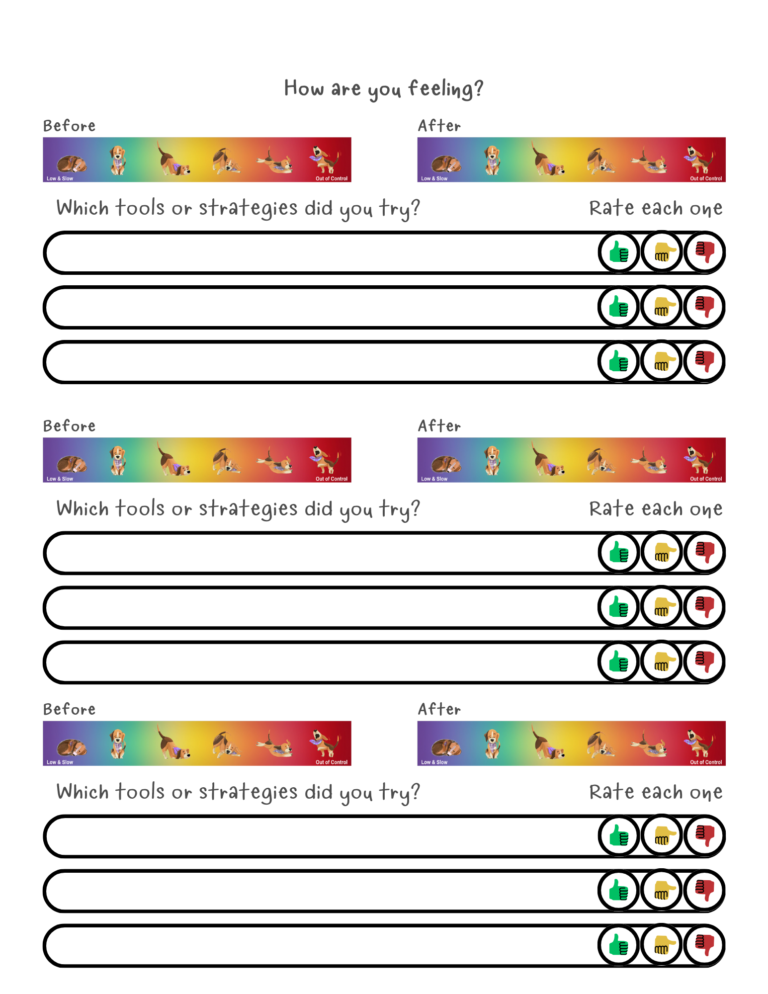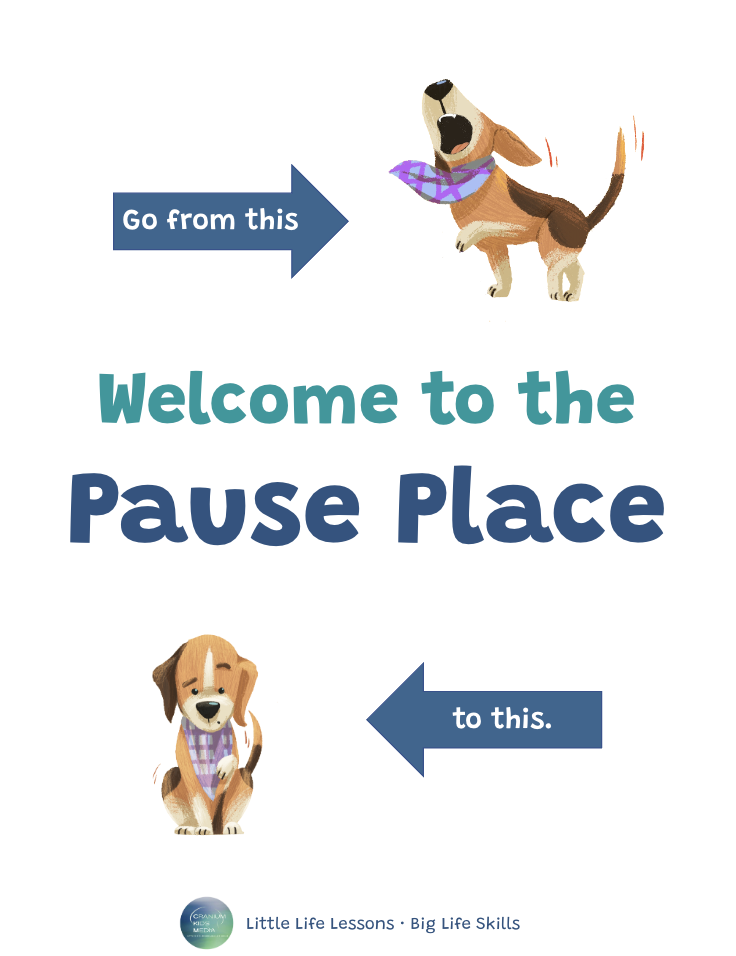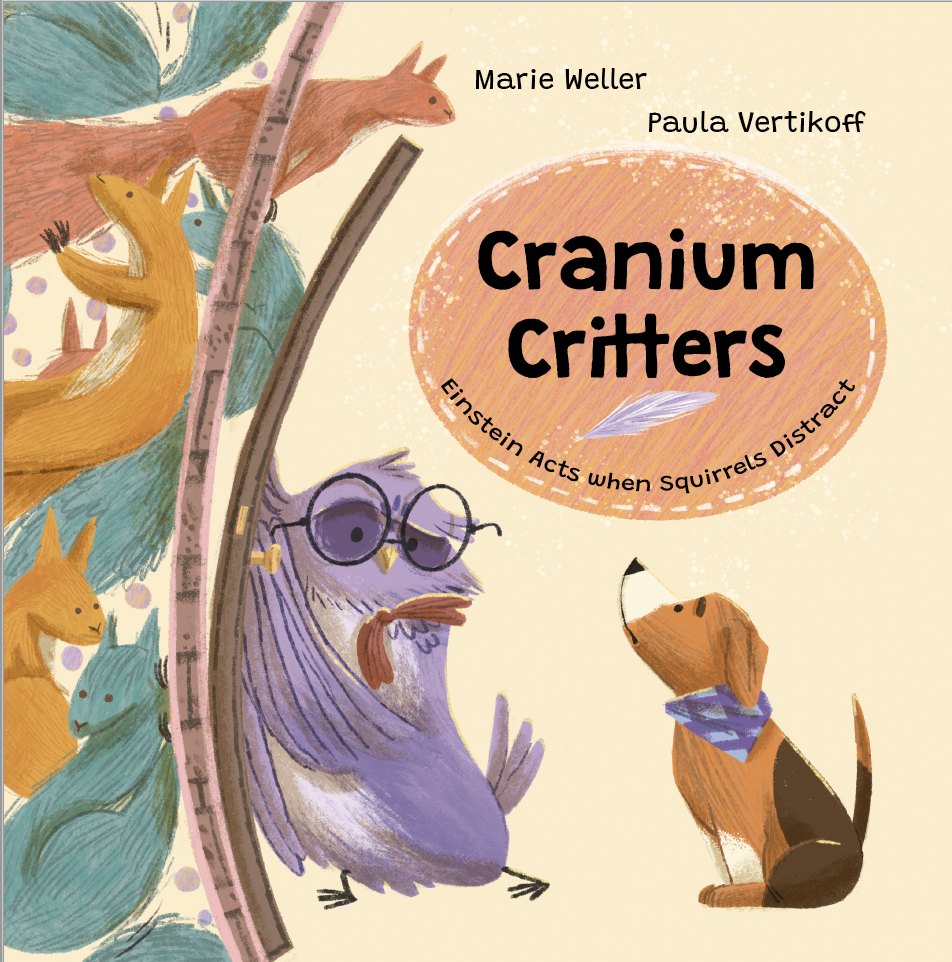As teachers and parents, we know that children can often become overwhelmed, frustrated, or anxious in the classroom or at home. In these moments, it is important to have a designated calming space where children can go to reset their minds and calm their bodies.
One way to create a calming space is to set aside a quiet, comfortable area in the classroom or at home where children can go to de-stress and regulate their emotions. This space should be free from distractions and equipped with tools that can help children calm down.
Some tools to consider keeping in the calming space include fidgets, a mind jar, and breathing and affirmation tools. Fidgets are small, handheld objects that can provide sensory input and help children focus. A mind jar is a jar filled with glitter and water that children can shake and watch as the glitter settles, which can be a calming visual for children. Breathing and affirmation tools can include techniques such as deep breathing and positive affirmations, which can help children regulate their emotions and refocus their thoughts.
There are many different types of breathing activities that can be used to help children calm down and regulate their emotions. Some examples include:
- Deep breathing: Taking slow, deep breaths in through the nose and out through the mouth can help children slow down their breathing and relax their bodies.
- Counting breaths: Counting each breath as it is taken can help children focus on their breath and provide a sense of control over their body.
- Belly breathing: This involves placing one hand on the belly and the other on the chest. As the child breathes in, the hand on the belly should rise and the hand on the chest should stay still. This can help children focus on their breath and develop diaphragmatic breathing, which can help calm the body.
- Rock-a-pet breathing: Similar to belly breathing, the child places a stuffed animal on their belly. As they inhale and exhale, they gently rock their pet to sleep with their breath. As their stuffy relaxes, the child feels their own body relaxing too.
- Alternative nostril breathing: Closing one nostril and breathing in and out through the other nostril can help balance the body’s nervous system and promote relaxation.
- Visualization: The child uses their imagination to create a calming image or scene in the mind. As they breathe in and out, they can visualize themselves in this peaceful place, which can help calm their mind and body.
- Affirmations: This involves repeating positive statements or affirmations to oneself. For example, a child might repeat the phrase “I am calm and in control” as they breathe in and out. A mirror and a list of positive phrases can be kept in the calm corner to help children talk to themselves as they refocus their thoughts and calm their minds.
It is important to regularly teach and practice these calming strategies with children while they are feeling calm, so they can access the tools and techniques when they are feeling overwhelmed or upset.
It is also important to emphasize that the calming space should be a helpful and supportive place, not a punitive space. The goal of the calming space is to provide children with the tools and support they need to regulate their emotions and refocus their thoughts. It should not be used as a punishment or a way to isolate children when they are struggling.
Overall, a calming space can be an incredibly useful tool for both teachers and parents to help children manage their emotions and regulate their behavior. By providing children with the tools and support they need to calm down, we can help them develop the skills and strategies they need to succeed in the classroom and in life.
Learn how to create a Pause Place on YouTube!
Keep Track with a Pause Place Preference Chart

Cranium Critters: Paws at the Pause Place
Cranium Critters: Paws at the Pause Place is a fun and informative way to teach children about managing their emotions and stress. Get ready to unleash the power of the brain and help your child understand and better manage their own emotions and reactions to new or uncomfortable situations.
Cranium Critters: Einstein Acts when Squirrels Distract
A must-read for kids who want to discover the power of their own brain. Einstein and Scout will help them understand important skills like focusing, planning, and managing distractions. Parents, teachers, and caregivers will love how this book makes learning about executive functions entertaining and enjoyable.





